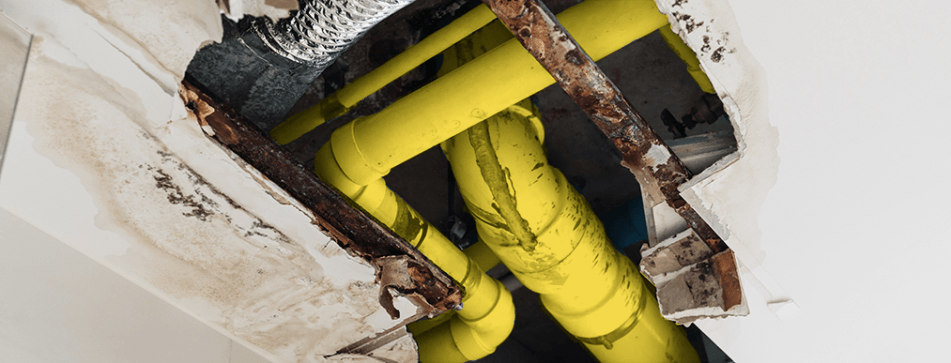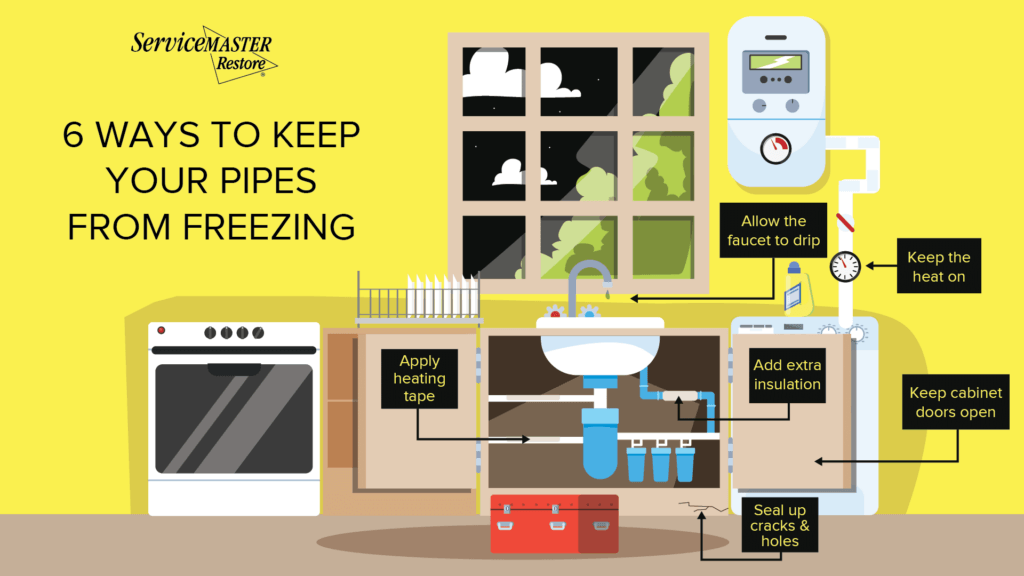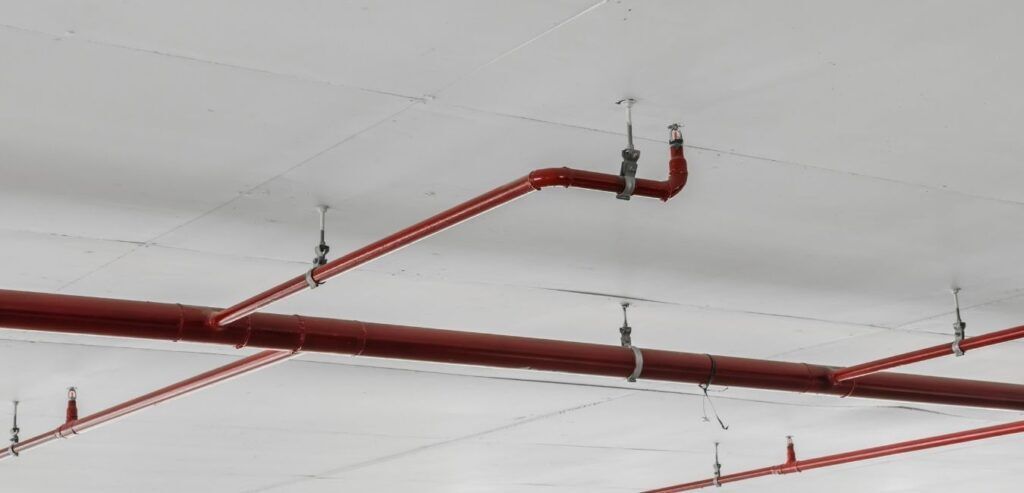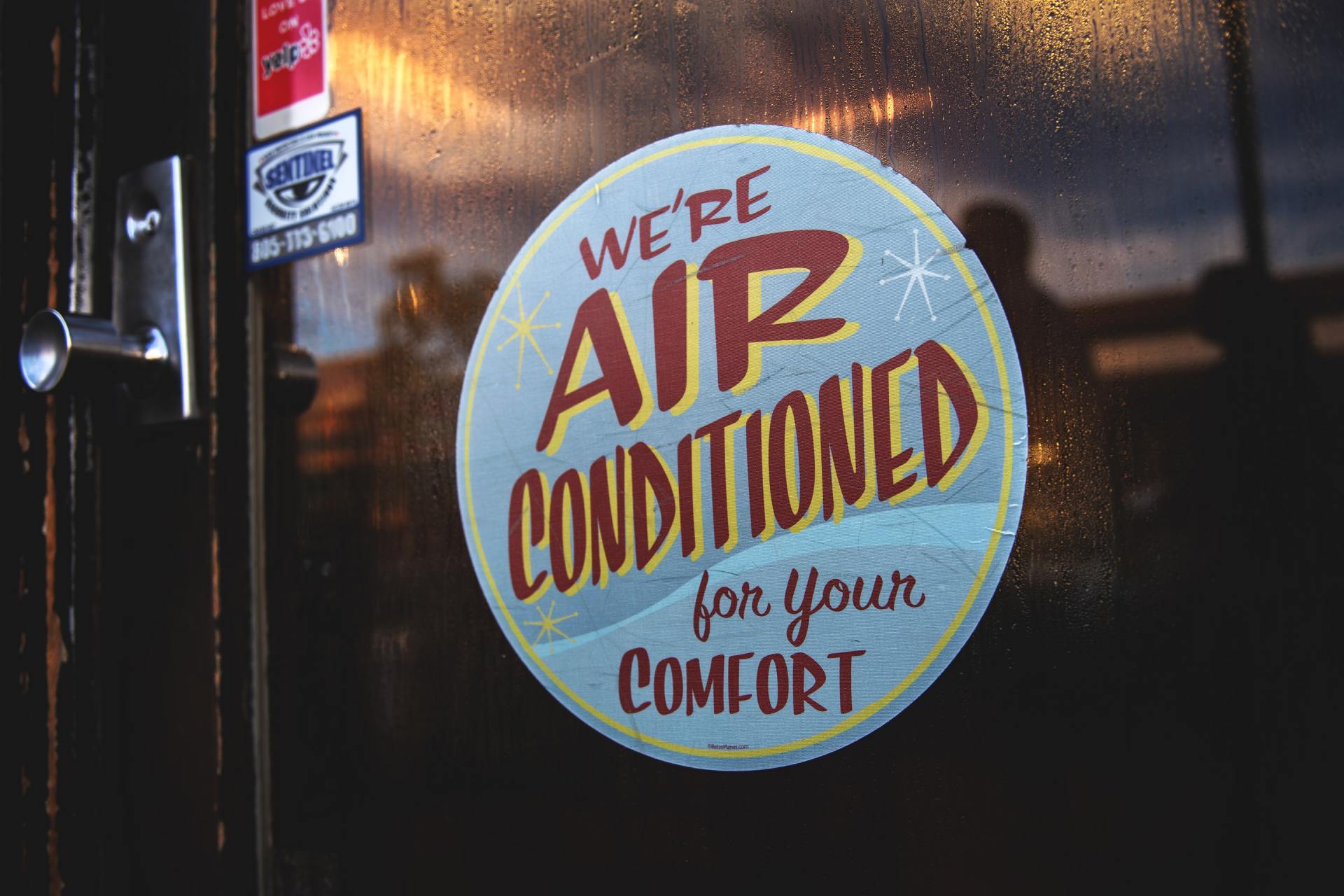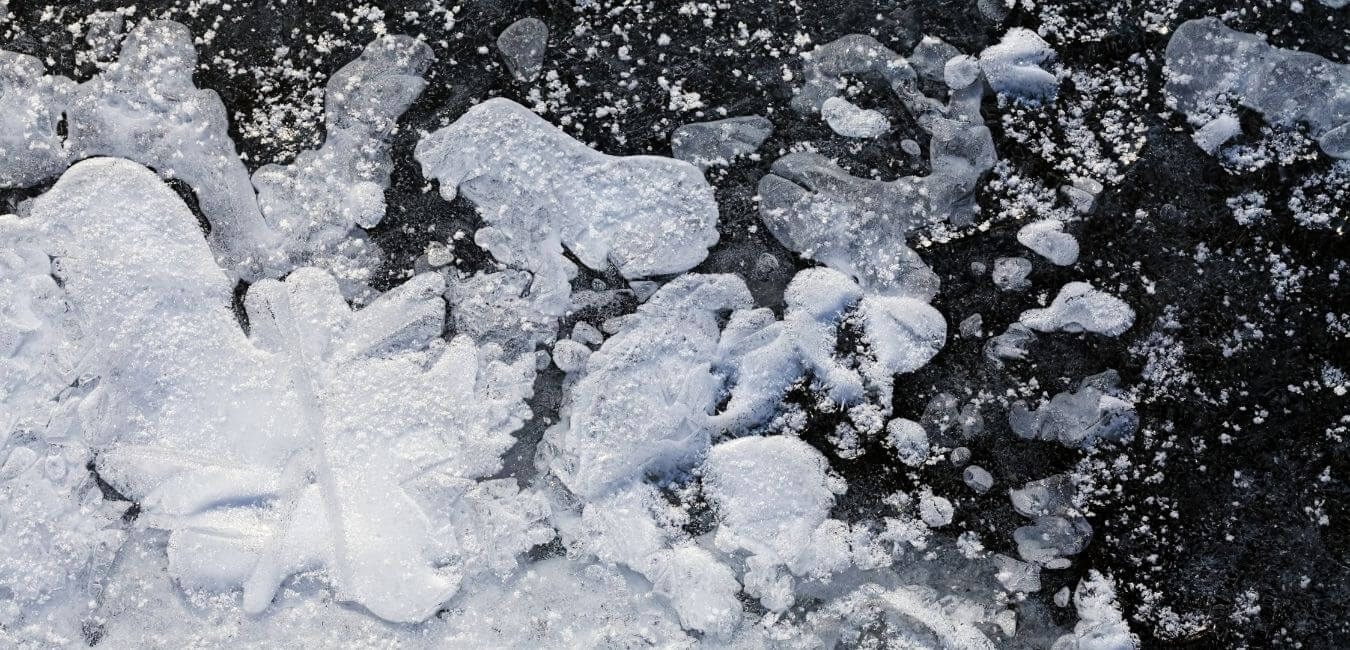
10 Tips for Preventing Frozen Pipes for Businesses
Tips for Preventing Frozen Pipes for Businesses
When water freezes, it expands by 9%. Increased pressure in your pipes caused by this expansion could lead to cracks or, worse, bursts. A crack as small as ⅛ of an inch can flood your business with 250 gallons of water a day. The subsequent cost to repair the damage done from a bursting pipe is sometimes tens of thousands of dollars.
However, some cracks can lead to a slow leak. This leak can cause smaller amounts of water damage, which can sometimes be challenging to determine.
Preventing frozen pipes for businesses is as simple as taking a few prevention measures.
For instance, check the water flow occasionally once sub-freezing weather arrives. A drop in water pressure is sometimes an indication that pipes are beginning to freeze.
Business owners and commercial property managers should implement as many steps as possible to avoid water damage caused by a frozen pipe burst.
1. Turn Off The Water Where Possible
Declining temperatures and cold drafts can freeze poorly insulated pipes. As ice forms in the tube, it creates pressure inside. The increase in pressure can cause a pipe to burst.
Some pipes are more prone to freezing than others due to their location in a building. Exposed pipes are the most susceptible to freezing. Exposed pipes include those located in unheated areas of the office or ones found on the building’s exterior. Underground irrigation systems are also considered exposed piping.
Turning off the water supply is crucial to preventing frozen pipes for businesses. After you’ve shut off the water supply, drain the pipes located in unheated or isolated areas. Let the faucet drip even after you’ve turned off the water. Leaving the faucet open allows water that is left in the system to exit. The smallest amount of movement in the pipe makes it harder for them to freeze.
2. Insulate Exposed Pipes
Adding insulation to your pipes is the best way to avoid damage if you’re unable to drain them. Found at any hardware store, you can wrap insulation around pipes to help prevent them from freezing
.
For added protection, you can use heat tape that a thermostat can control. Heat tape turns on at a specific minimum temperature and can be crucial in preventing frozen pipes for businesses.
3. Maintain a Minimum Temperature
It is important to maintain minimum temperatures in a building. Keeping the temperature the same is especially important at night and on weekends when the space is often empty, and the temperatures plummet.
Keep the thermostat above 40 degrees Fahrenheit. Temperatures below that make pipes, sprinkler systems, and plumbing more susceptible to freezing.
4. Install a TemperatureMonitoring System
Consider installing a freezing temperature monitoring system to prevent frozen pipes in your business. Such a system will alert you if the building’s temperature falls below a certain threshold. This approach is beneficial overnight, when employees may not be in the building.
If you don’t have time or money to install a system, be sure to:
- Change the batteries in the thermostat
- Ensure the thermostat is running properly
Employees should know how to shut off the water so they can quickly mitigate damage from a burst pipe.
5. Fire Sprinkler Protection – Dry System Inspection
Dry pipe sprinklers are – you guessed it – “dry.” A dry system means sprinkler pipes contain compressed air until a fire occurs. If there is a fire, it rapidly fills with water to help fight the fire. However, without proper maintenance, the control valve can leak at the riser and fill the sprinkler piping with water. Once the system is wet, it can freeze and burst.
If you have a dry pipe sprinkler, you can prevent frozen pipes by ensuring:
- Valves are protected against freezing
- Insulation is around the valve enclosure
- You drain low points in the system
- Check for condensation
6. Fire Sprinkler Protection – Water-Based System
Adding antifreeze to the water of your wet pipe sprinkler system can aid in preventing frozen pipes for businesses. Antifreeze reduces the chance that pipes associated with the system will freeze.
An inspector can test the system annually to ensure the proper concentration of antifreeze is present.
7. Seal Cracks and Circulate the Air
Not only is sealing cracks critical to preventing frozen pipes for businesses, but it is also an energy conservation tactic. To take this long-term step, you’ll start by inspecting your facility for any drafts or unexplained cold air.
Be sure to pay close attention to attic or storage areas, basements, or crawl spaces
.
- Locate openings or cracks in windows, doors, etc.
- Use caulk or insulation to seal any drafts at windows, doors, and other openings
- Allow warm air to circulate throughout the building by keeping interior doors open
If you need help making these improvements, we can help. As licensed contractors, SMRSI can help you prevent frozen pipes through small improvements or by moving exposed pipes.
8. Conduct a Gutter Inspection
Gutters direct water away from the building’s foundation. If there is a build-up of debris in the channel, that debris can block water flow. A blockage could cause stagnant water in your pipes to freeze.
There are several steps you can take to avoid frozen downspouts:
- Remove any debris from your gutters and downspouts
- Have your gutters professionally cleaned annually
- Use heat tape at the elbows of your pipes to prevent stagnant water from freezing
9. Drain Hoses and Sprinkler Systems
If you haven’t already, disconnect any landscaping hoses on the outside of your office building.
Additional steps to take:
- Drain any fountains or sprinklers systems
- Close off all exterior water sources
Consider completing these exterior items in the fall – before cold weather starts.
10. Make a Backup Plan
Freezing temperatures or high winds often knock electricity out. Install backup power to ensure the building stays warm enough in the event of a power failure. Having backup options can help with preventing frozen pipes for businesses.
Preventing Frozen Pipes for Businesses: Thawing
Despite your best efforts to prevent frozen pipes in your business, it may still happen. If it does, you can take a few steps to thaw the pipes and prevent a burst.
- Leave faucets open. Even the smallest amount of water movement can help frozen pipes thaw.
- Locate the freeze. Determine which faucets are not delivering water. In the case that no faucets are working, the main water supply line could be the culprit. You should also check where water supply lines enter your facility. If you can’t access the pipe or are uncomfortable thawing the pipe yourself, contact us.
- Check for cracks. If the frozen pipe has already cracked, you must shut off the water supply before thawing.
- Thaw. If the pipe has not already burst, there are several ways to expose the line to heat and cause it to thaw. You will work toward the water supply from the frozen faucet.
Methods include:
- Using a hairdryer
- Placing a space heater
- Wrapping cloths soaked in hot water around the pipe, replacing as they cool.
- Dry and insulate. Once you have thawed the pipe, dry it and then insulate it. Insulation will protect against another freeze.
Dealing With Damage Caused by Frozen Pipes? SMRSI Can Help
If your business has experienced damage caused by freezing and bursting pipes, you need to get help quickly. A burst water pipe will damage your walls, floors, and interior items like office furniture and equipment. Even if the damage is minimal, water damage to drywall and wood will quickly lead to mold.
When your life gets turned upside down, call on ServiceMaster Restoration by RSI. We are prepared to handle calls 24 hours a day, seven days a week, 365 days a year. Call us now – (479) 756-4169
